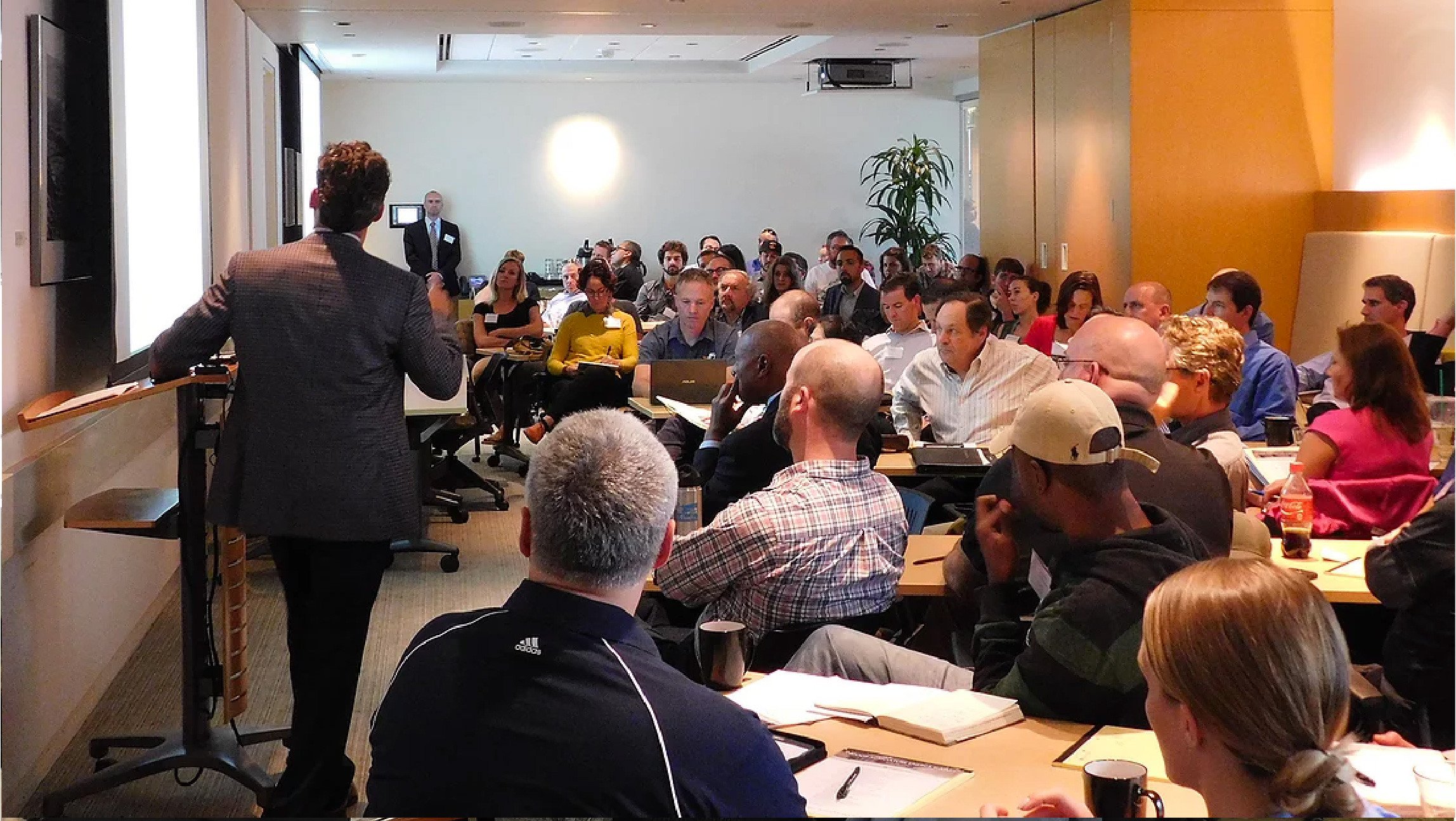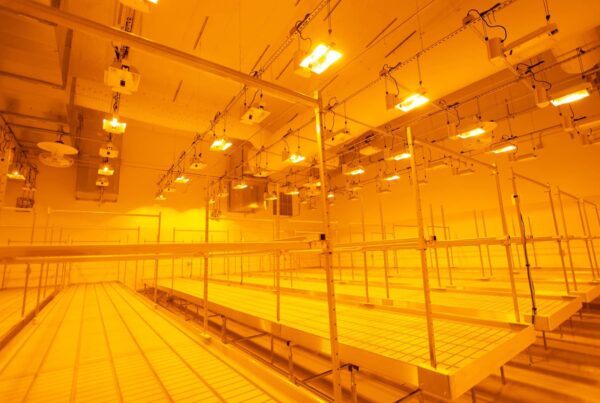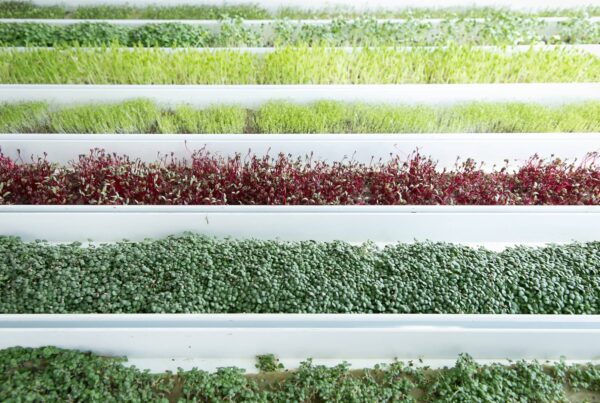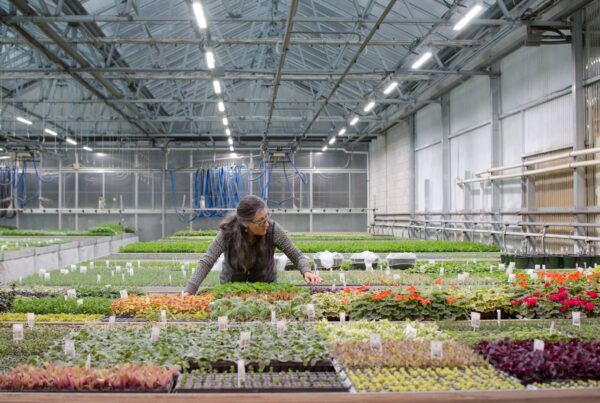Every cannabis conference I have been to in the last year has featured content on energy and water efficiency, or sustainability more broadly. It is a growing theme in cannabis, particularly in cultivation where energy accounts for one of the largest costs of production and we are completely reliant on a good, clean, long term water source. I have also noted that these questions remain somewhat of an afterthought, and certainly not an integral aspect of the due diligence process for investors. Energy, water efficiency, and the extent to which they factor into the design/build process, systems and technology purchasing plans, and really the entire philosophy of the company, is one of the leading validators of sustainable competitive advantage moving forward.
Looking ahead, we are about to witness the impact of scale and commoditization of the wholesale price of cannabis. Colorado and Washington are seeing a precipitous decline in cannabis prices, upwards of 17% year-over-year for the last 2 years. This has always been inevitable and there is no reason to anticipate that this trend will reverse in coming years as new entrants to the market seek greater efficiencies through the implementation of cultivation practices imported from big agriculture. Survivability will depend on cultivator’s ability to reduce costs and harvest economies of scale. Those who have learnt to grow cannabis in the shadow of the black market will need to essentially transform their approach and attitude towards key costs such as nutrients, energy, water, labor and soil. Tissue culture and micro-propagation will replace mothers and cloning, and science will replace craft in the process of breeding and developing strains that are suitable for large scale production.
All of these things should be on the radar of anyone looking to invest in cultivation. However, in this article I want to particularly address energy and water because a company’s approach towards these things will be symbolic of their approach towards efficiency and technology in general. Asking questions about energy and water is a great way to ascertain how a business will approach the oncoming challenges of competition, commoditization, and price depreciation.
The following is a set of energy and water efficiency considerations that should be a part of every investor’s due diligence in cannabis cultivation:
- Lighting, HVAC, and Dehumidification – These systems account for the bulk of cultivation COGS in any indoor cultivation model. Many producers approach these decisions with somewhat of an old-school mindset by simply scaling up what they did in basement or small warehouse grows. There should be clear indications that a company is involved in a detailed exploration of systems and technologies that will offer efficiencies in a scaled model.
- Renewable Energy – A producer’s mid-range planning should considers the cost and reputational risks of the energy choices that they are making. Are they aware of the brand strength or baggage associated with these choices? Are they mapping a pathway toward low-carbon energy sources being integrated into their model?
- Water – It is essential that the water rights associated with any property slated for the production of cannabis are understood. Is the property on which the production facility lies suitable in terms of water needed to serve the projected demand? Is that water source reliable? Are there risks to the water supply associated with climate change, regulation, or price fluctuations? Is rainwater harvesting feasible? What are the facility’s practices in regard to runoff and discharge? Is water efficiency taken seriously among management? Finally, is proper filtration in place to ensure highest value input to the plant?
Although this is a relatively short list of considerations,due diligence in this these areas should be extremely helpful in discerning the extent to which cultivators really understand the challenges ahead. These, and many more issues, are starting to be tracked by organizations such as Resource Innovation Institute (RII), a non-profit partner to the cannabis industry on issues related to resource efficiency and profitability. I sit on the board of RII as part of my commitment to efficiency in my own business, and as a way to support other founders and investors in making smart choices that will lead to more profitable, and more sustainable companies in the future. We will soon make available the Competitive Facility Checklist, which is a guide for resource-efficient design, construction, and maintenance of cannabis cultivation operations. This will serve as a great tool for investors who realize the importance of these questions but could use some help validating scaleable and sustainable cultivation plans that they are considering for an investment. Other affiliations and certifications that can further demonstrate a company’s approach to efficiency and brand awareness are The Ethical Cannabis Alliance, The Clean Green Certification, and Certified Kind.
The important thing to understand is that we have gotten used to thinking about sustainability as a cost, which can be a turnoff to investors who have witnessed expensive attempts to adapt existing systems and models in order to be more resource efficient. Cannabis is different, we are building the industry from the ground up. Resource efficiency will separate the winners from the losers in what will ultimately be a highly competitive commodities market. This time it’s not just the right thing to do, it’s the smarter way to invest.
Co-Authored by
Sara Batterby – CEO Hifi Farms
Derek Smith – ED Resource Innovation Institute






